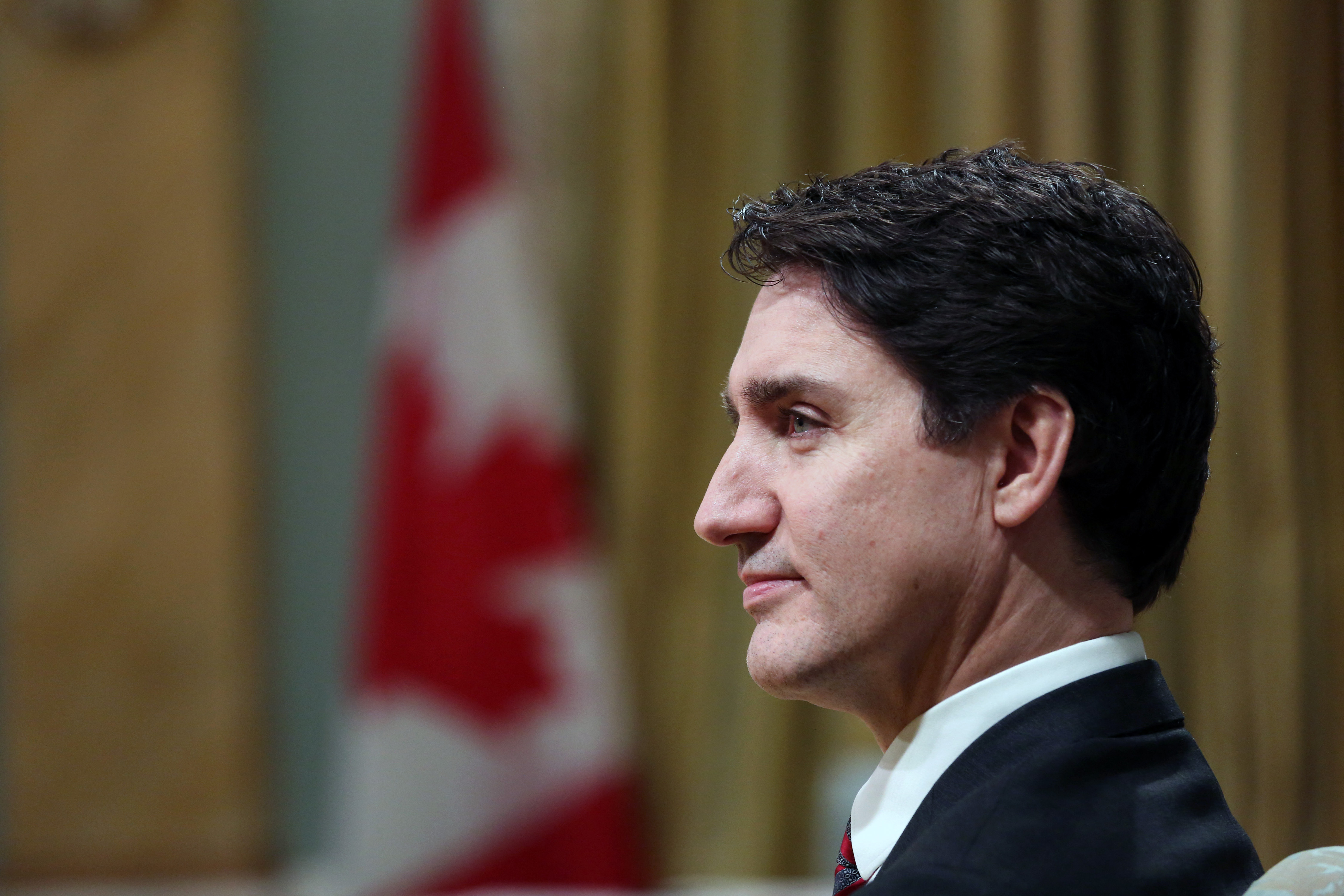Gerald Kreider is a 75-year-old farmer who doesn't look like a tech guy, but that's exactly what he is.
The raggedy "Community Energy" baseball cap he wears around the farm in Lancaster County, Pennsylvania, is a small hint at his pioneering spirit.
Kreider has lived on and worked these 90 acres of land since he was born.
For most of his eight decades, he raised cattle and grew corn, beans and other vegetables.
Then, in 2011, someone came to him with an idea that put Kreider at the cutting edge of farming in Pennsylvania.
For a few years, his farm about 60 miles west of Philadelphia was the site of the largest solar array in Pennsylvania: a 5-megawatt expanse of panels collecting the sun.
"You got to keep up with the flow," he said in a recent interview. "And technology is in the flow."
U.S. & World
Stories that affect your life across the U.S. and around the world.
The solar lease also pays better than his old corn rows did, Kreider said — two to three times more revenue per acre, in fact.
But since the array installed on 30-plus acres of the Kreider farm went live in 2012, Pennsylvania has fallen well behind other states' renewable energy efforts.
Some entrepreneurs believe farmland could repair the state's reputation — and improve farmers' long-term prospects at the same time.
Two big, and fixable, reasons for the slide into clean energy obscurity are:
- The lack of state incentives for builders like Community Energy, which built the Keystone Solar Project at Kreider's farm
- Unambitious goals for replacing fossil fuel-generated energy with clean renewables.
In 2004, Pennsylvania set a goal of using 8 percent renewable energy by 2021, with 0.5% of that being solar.
"That was great in 2004. But you see now what most of the surrounding states are, and they're 50%," says Sharon Pillar, a consultant for Environmental Entrepreneurs (E2). "So we're very far behind."
The state's solar energy totals 433 megawatts. That includes all solar arrays and individual rooftop installations.
That's just a quarter of 1 percent of all energy needed for Pennsylvania's power needs.
New Jersey, next door, has more than 2,800 megawatts of solar.
California has several arrays that on their own are larger than Pennsylvania's entire solar output.
There are signs of change in Harrisburg, where state lawmakers have proposed updating the state's Alternative Energy Portfolio Standards Act to increase goals to 30% renewable energy use by 2030 — of which 10% would be solar.
It's called the 30-by-30 plan.
"A lot of this is just political will," Pillar said.
NBC10 took a trip to Kreider's farm in late July, on a sunny day when the array was humming with energy.
Community Solar CEO and founder Brent Alderfer, a native of nearby Montgomery County who first became interested in renewable energy as a young lawyer working in Colorado, said Kreider's farm was the beginning.
Alderfer's company announced last November plans to build a 70-megawatt farm outside Gettysburg that will feed clean energy into the state's power grid. The City of Philadelphia will pay for the energy created by the new array. It is enough energy to power about 25% of the city's municipal buildings, like City Hall, libraries and police stations.
Still, Pennsylvania lawmakers need to step up with new incentives and increase their goals to reshape what has long been a reliance on coal, gas and nuclear power to supply electricity, he said.
"The fastest thing we can do in Pennsylvania to boost solar, which includes solar jobs and solar economics and taxes, is to get the policy right," Alderfer said.
Check out the video at the top of this story in which NBC10 traveled to Kreider's farm to meet the farmer and Alderfer. You can also click on this link to watch.
EDITOR'S NOTE: NBC10 Philadelphia has launched "Changing Climate," a new page on NBC10.com dedicated solely to stories on climate change and its effects on the environment and people in the greater Philadelphia region.



